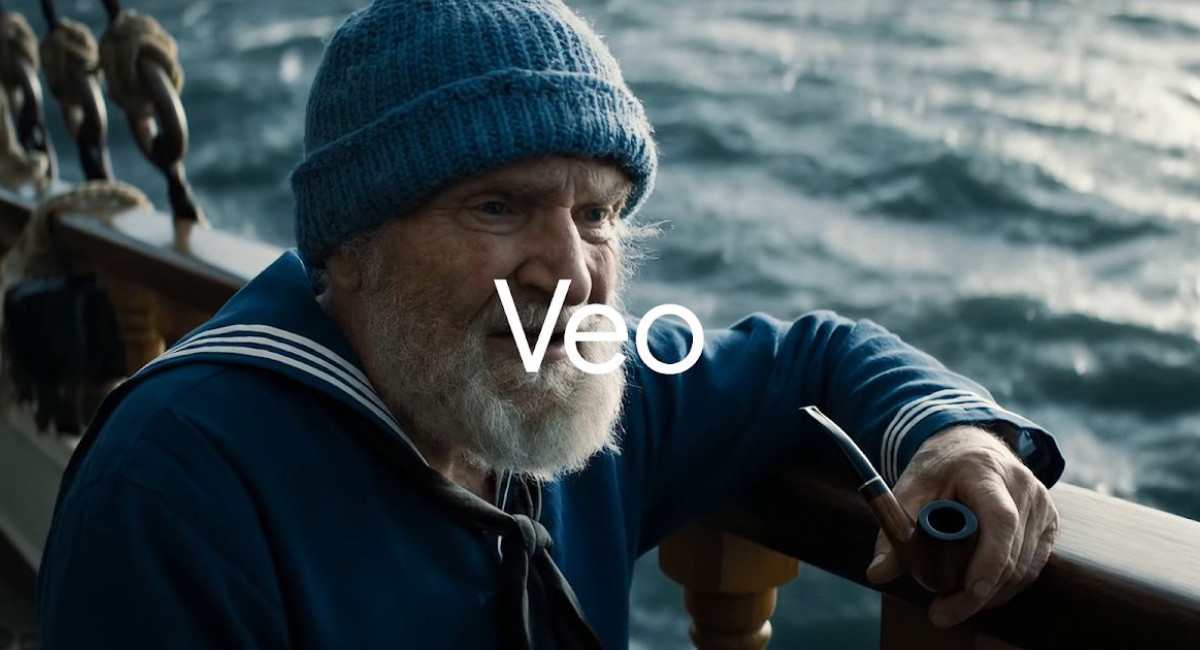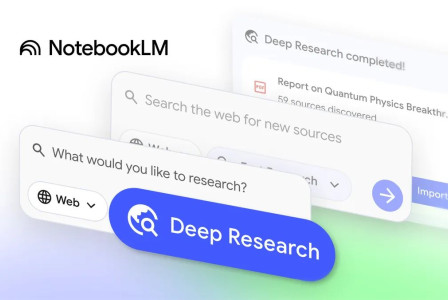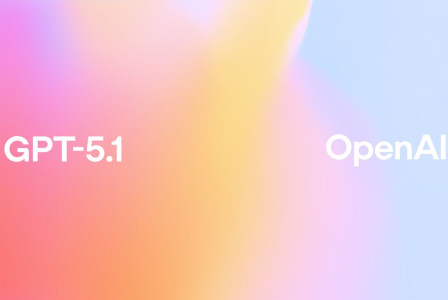SEARCH
Google expands Veo 3 AI Video Generation Worldwide

SHARE IT
Google has officially rolled out Veo 3, its latest and most advanced video generation model, to a global audience of Gemini app subscribers on the Pro tier. Previously available only to users on the high-end AI Ultra plan, the tool is now accessible to a far wider group, significantly expanding the reach of Google’s generative video capabilities.
The announcement came from Josh Woodward, a product lead at Google, who confirmed that Gemini Pro subscribers in 159 countries — including India, Indonesia, and across all of Europe — have begun receiving access to Veo 3 through the Gemini app. This move marks a major milestone in Google’s efforts to democratize creative AI tools and follows the model’s initial debut at the company’s I/O 2025 developer conference in May.
Veo 3 stands out for its ability to generate short videos that include audio elements such as human dialogue, ambient sound, and environmental effects like wind or flowing water. It builds on previous iterations with notable improvements in realism, physics simulation, and lip-sync accuracy — all designed to make the generated videos feel more lifelike and engaging. One highlighted use case involves users inputting short story prompts, which Veo 3 can transform into cinematic-style clips complete with synchronized speech and sound effects.
Initially, Veo 3 was reserved for subscribers to the AI Ultra plan, which carries a monthly fee of $249.99. However, in June, Google introduced a streamlined version called “Veo 3 Fast” for users on the more affordable AI Pro plan, priced at $19.99 per month. This version delivers the same core video generation experience in a more efficient format.
Veo 3 Fast produces 8-second clips at 720p resolution. While the duration and resolution remain consistent with earlier versions, Google has introduced backend optimizations that double the generation speed. These improvements make the video creation process faster and more accessible to a broader user base.
Pro users can now create up to three Veo 3 Fast videos per day within the Gemini app. After reaching the daily limit, access reverts to the older Veo 2 model. Despite this limitation, the move significantly boosts the creative potential of Pro-tier users and reflects Google’s ongoing effort to balance accessibility with performance across its product tiers.
In addition to expanding availability, Google says that the model now encounters “fewer blocks when generating,” meaning users are less likely to run into content restrictions or failed prompts. This adjustment suggests an improved handling of user input and better alignment with Google’s safety and content guidelines.
Looking forward, Google also teased an upcoming feature that will allow users to convert photos into videos, further broadening the toolset available in the Gemini app. This future enhancement is expected to blend Veo’s video synthesis capabilities with image processing to enable a new form of visual storytelling.
The global rollout of Veo 3 to Gemini Pro subscribers signals a significant evolution in how users engage with generative video. While competitors in the space continue developing similar tools, Google is distinguishing its offering with speed, accessibility, and the integration of multimodal elements such as audio and natural motion. By making these capabilities available at a lower subscription tier, the company is effectively inviting more creators, storytellers, and developers to experiment with AI-powered video production.
This strategic expansion aligns with broader industry trends toward integrating generative models into consumer-facing apps and services. As tools like Veo 3 become more widely available, they are expected to reshape workflows across creative industries — from content marketing and education to entertainment and social media.
For now, Gemini Pro users across the globe can begin testing Veo 3 Fast’s capabilities, while keeping an eye on what’s next in Google’s generative roadmap. With photo-to-video on the horizon and performance optimizations continuing behind the scenes, Google is making it clear that the future of video creation lies in the hands of AI — and it’s just getting started.
MORE NEWS FOR YOU

 Help & Support
Help & Support 

